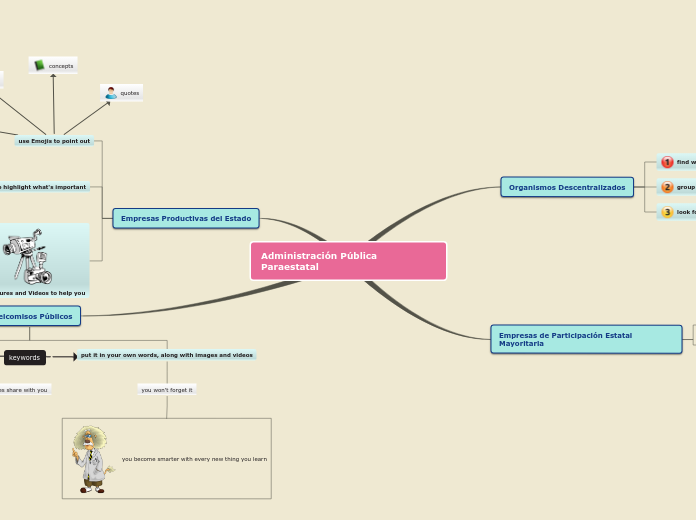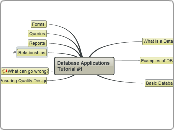Math 251
Methods for Addition and Subtraction
Distance/Difference: Typically used on a number line. The two nubmers are put on the number line and the answer is all the jumps between the numbers.
Time and money problems are good to use with this method.
Give & Take: Associative property. Break up one of the numbers so that it make it a friendlier number
Subtraction. Same concept with addition
Compensating: Add or subtract to one of the numbers, making a friendlier number and then adding or subtracting what is left to get the number
Method shown is for subtraction
Decomposing: start with the lowest number and break up the second number in jumps until you get to the answer.
A number line is the beste way to represent decomposing
Partial take: Add up the tens first, then the ones, and then combine them together
Subtraction (be careful to explain why they have NEGATIVE five (-5).
Traditional: Stacking the numbers
Difference Bases
Using a number line is the easiest way to do math problems that are solving for time. To physically go to the nearest minute or hour makes for easy addition and subtraction.
The base that we use to tell time is 60 (minutes and seconds) and then 12 or 24, depending on which time you are using. 60 seconds make up 1 minute. 60 minutes make up 1 hour. 24 hours make up a whole day, but most clocks flip over after 12, denoting mornings using AM or PM.
The base 10 system is useful because humans have 10 digits. It makes math much easier when you can just count on your fingers. It's what most of our number systems are based on.
Sets
Sets don't always have to have only 2 circles.
Univeral: All of the pieces involved.
Complement: Opposite of; everything but what is mentioned. Noted by a line over what is being discussed. The location of the line is very important!
Intersection: Also known as "and"; the only thing A and B have in common
Union: Also known as "or"; everything in A and everything in B combined
Problem Solving
Total scores on a dart board
How many different total scores could be made if you hit the dart board with 3 darts?
Guess and check works the best for this problem. Start with the obvious (1+1+1, 5+5+5, 10+10+10) and then substitute for the other numbers. There are 10 total combinations.
Who Finished First?
The Ford (F) finished 7 seconds before the Chevrolet.
The Pontiac finished 6 seconds after the Buick.
The Dodge finsihed 8 seconds after the Buick.
The Chevrolet finished 2 seconds before the Pontiac.
A number line best shows the distance between each other cars.
Growing Hexagons
We had to come up with an equation to find the perimeter of the group of hexagons (1 side = 1cm) without counting each side.
Even though there are different formulas to get the same answer, the simplified version of the equations all are the same. This proves that there are always different methods to solve the same problem
Addition and Subtraction
Addition
Using blocks such as these help children visualize the addition they are learning
Identity Property of Zero (0): a + 0 = a; the number gets to stay the same when adding zero
Associative property: "give and take"; a + (b + c) = (a + b) + c; group numbers together that are easier to add together
Commutative Property: a + b = b + a ; take any number and add it to another in any order
Measurement model (action): putting the two sets together with an action
I have 3 chocolate cookies and then bake 4 more, how many cookies do I have now?
Set Model: trying to add two different sets
I have 3 chocolate cookies and 4 oatmeal cookies. How many are all together?
Subtraction
Missing addend: add up to the number (cashier's subtraction?)
Comparison: asking for kids to look for the difference of two numbers
Take Away: something gets taken away from the original
Number line (Measurement/Distance): Do "hops" using friendly numbers to get to the desired answer.
Finding the difference between 8000 and 599 using a number line
Generally you will break up the small number into the friendly numbers.
Flexibility is key. The best way to solve the problem is not always the most standard method.
Just because we don't understand a method, does not mean it is a wrong method.
Stacking and borrowing: Standard algorithm. Stack the two numbers and borrow 10 from the 10's place if necessary (when bottom number is too small).
Finding the difference between 66 and 29 using stacking and borrowing
Often times the most difficult process for children to learn.
Number Realtions
Benchmarks 5 and 10: since 10 plays such an important role in our number system (and two 5's make 10) students must know how many numbers relate to 5 and 10
10 fingers, 5 digits on each hand. Makes the base 10 system easy to learn.
One and Two More, One and Two Less: this is not the ability to count up two or back two, but instead knowing which numbers are one more of two less than any given number.
Part-Part Whole: to conceptualize a number as being made up of two or more parts is the most important relationship to develop.
Spatial Relationships: recognize how many without counting by seeing the visual pattern.









